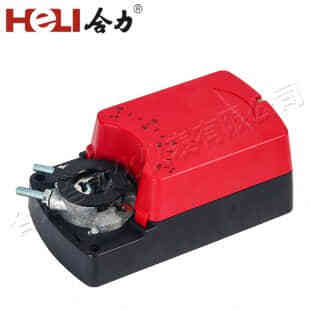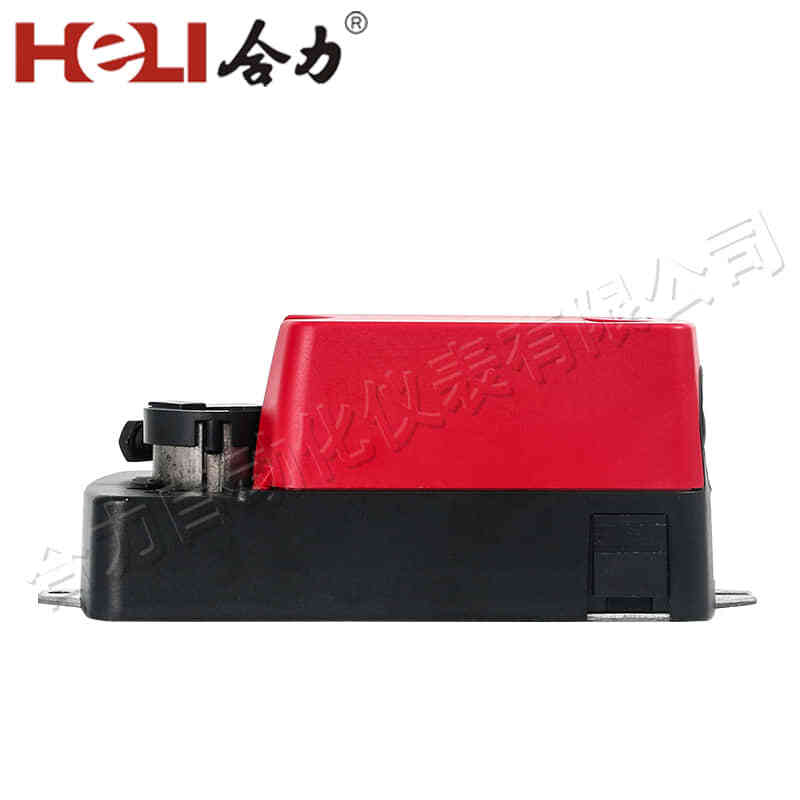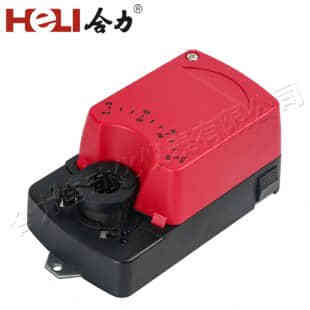In the world of heating, ventilation, and air conditioning (HVAC) systems, efficiency and performance are paramount. One crucial component that plays a significant role in achieving these goals is the damper actuator. These devices are integral to controlling airflow and maintaining desired environmental conditions within a space. This article will delve into the functionality, types, applications, and benefits of damper actuators, highlighting their importance in modern HVAC systems.

What is a Damper Actuator?

A damper actuator is a mechanical device that controls the position of dampers in air handling units, duct systems, and various HVAC equipment. Dampers are movable plates that regulate the flow of air, and the actuator is responsible for opening or closing these dampers based on signals it receives from a control system. This allows for precise management of airflow, temperature, and pressure within a building. Types of Damper Actuators There are several types of damper actuators, each suited for different applications and environments. The most common types include: Electric Actuators: These use electric motors to control the damper’s position. They are popular due to their speed and ease of integration with automated building management systems (BMS).
